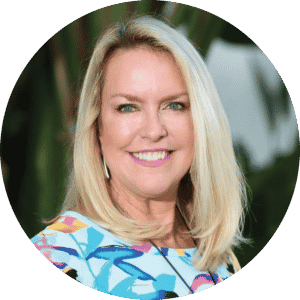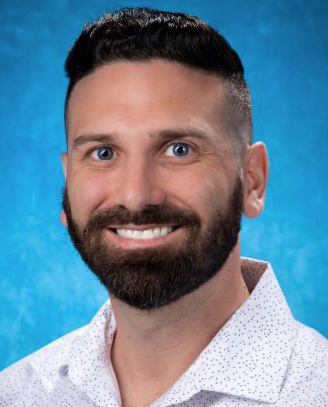A Competency in Wellbeing as Critical as Math, Reading, & Writing
FOUNDATIONS
In its simplest definition, whole health learning describes a student’s academic and experiential participation in well-known school-based wellness programs that traditionally have been extracurricular in nature. Here they are:
Whole Health Learning Practices

The Whole Health Ecosystem Emerges
These activities have been a part of K-12 life often for many decades; more recently perhaps as nature, mindfulness and nutrition education. Up to now they have remained separate, inconsistently available and of varied sustainability. They are also part of a rapidly changing ecosystem that is re-defining health and wellbeing across U.S. society. For instance:
- As a mature practice: each of these wellness domains:
- Is led by innovators in national and regional settings
- Is informed by an established knowledge and evidence base
- Is creating networks of practitioners and collaborators
- Have attained modest if uncertain places in schools
- Good outcomes in social, emotional and behavioral wellbeing are being observed along with established positive impacts on academic performance.
- Parallel developments in markets and in society:
- Consumer personal fitness and mind-body programs and technology,
- Improved food quality and consumer selection and demand for healthy foods
- MD prescriptions for time outdoors and reduced price farmer’s market produce
- Community-based wellness programs: for example at YMCAs
- Green and sustainable buildings, including schools, and clean energy
- The emergence in primary care medicine of integrative, functional and lifestyle approaches based on whole-person health treatment concepts.
- Healthcare systems providing small wellness grants to local schools
- Since the mid-1990s the nation’s public health enterprise has funded extensive programs designed to mitigate the relentless impact of ACEs, trauma, poor nutrition, and the physical and emotional damage these conditions have visited upon too many neighborhoods.
- The emergence of the Whole School, Whole Community, Whole Child (WSCC) framework in 2014 sought to re-create the links between schools and health.
- And that dynamic has been profoundly exacerbated by COVID and its aftermath, which has led to shocking level of duress on children’s mental health and disruption of academic and social qualities of the school day.
These trends reinforce the understanding that childhood is the best time to develop sustainable healthy habits, including skills of resilience, and that good health is in fact critical to learning, to personal wellbeing, and ultimately to the prosperity of the nation itself. Or as stated by the Center on the Developing Child at Harvard:
“A vital and productive society with a prosperous and sustainable future is built on a foundation of healthy child development.”
But this aspiration has been so overwhelmed by the complexity and costs of contemporary health–care and the intransigent nature of negative social determinants that parents and physicians are limited often in what they can do to ensure that healthy development.
From “Nice to Have…”
The WholeHealthED proposition is that the collaborative, social and hands-on nature of a whole health learning experience — sustained from K through 12 — offers a means to offset these limitations by putting the levers of learning into the hands of the students themselves. As with math and language, the extended K-12 duration allows for children to develop an understanding and value for the lifetime importance of factors that influence their own wellbeing.
The outcomes of the constituent parts of a unified Whole HealthWellness Studies framework are just beginning to be investigated and understood, and point to potentials to:
- Provide academic grounding tied to higher education and to careers and professions of the future, in healthcare, consumer wellness, food, water, natural resources and land management, technology, city planning, architecture and construction: locally and on a global basis.
- Give students the time to adopt their own good health habits during K-12 years; habits that have been shown to influence families and school faculty.
- Help families cope with the effects of stress, trauma and ACEs by offsetting some of those effects.
- Impart a competency in these factors and the skills and knowledge to practice self-care as they grow and mature.
The school garden, nature education and other wellness programs have evolved for years in the context of “nice-to-have” supplements to the school experience. As we near the end of the first quarter of the 21st century and consider the projections for adult chronic illness in America to 50% in the very near future, and as we come through the great challenges of the COVID-19 pandemic, these nice-to-have school-based activities will be seen as “essential-to-provide” tools to fully prepare future generations.
Updated Oct. 2024



